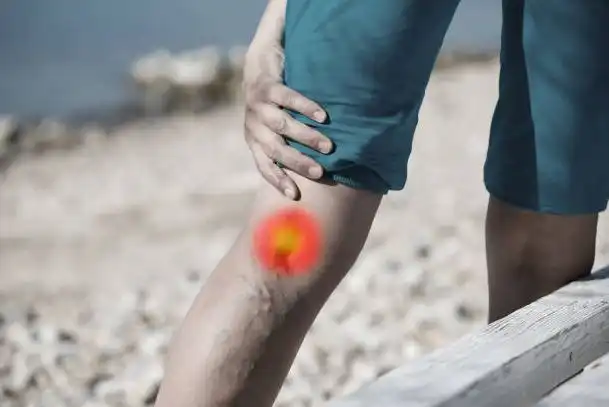Are Varicose Veins caused by Running
Does running cause varicose veins? Does running improve varicose veins? Patients are always asking these two important questions. The answers are “no” and “maybe.”
Running as a leisure activity consumes four or more hours weekly with about 75% of female runners and 79% of male runners jogging or running for that amount of time, according to Livestrong.com
Of course, the 5Ks, 10Ks, half-marathons and marathon races bring a whole other type of runner into the mix.
The pandemic put runners outdoors with 59.1% of active adults saying they’re hitting the streets to stay fit in 2022, according to a Fitness Trends report.
Running And Varicose Veins
When you think about running and the condition of runners’ legs, running and varicose veins come to mind. It’s important to understand just how varicose veins occur and whether running causes varicose veins, too.
What are Varicose Veins?
Venous insufficiency creates the ropy, bulging veins that show up primarily in your legs. The venous system moves blood from the body (including feet and legs) back to the heart for cleansing while the arteries circulate oxygen-rich blood throughout the body. When leg veins
Varicose veins are caused by chronic venous insufficiency. Veins in the legs include valves that open and shut in one direction – toward the heart, against the force of gravity because the blood flow circulates upwards.
With the pressure of the reverse flow of the blood, valves weaken and what happens is blood pools around ankles and below the calf muscle. The result, edema or swelling, causes eventual varicose veins. While these veins, the ropy, bulging kind, are close to the surface of the skin and protrude, the veins underneath the skin are the culprit.
Let’s think about the runner’s legs for a moment. How many miles a day do you run, especially those training for marathons? Grueling training regimens include upwards of 15 miles daily and beyond. Now think about the surface runners run on – concrete, asphalt, and gravel terrain, primarily. These hard surfaces pound the legs and knees on impact, step by step. With poor running shoes that lack proper cushion, insoles, side support, or worn treads, feet and legs take a beating.
What are the risk factors for developing varicose veins?
Risk factors for varicose veins and chronic venous insufficiency include female gender, prolonged standing, smoking, inactivity, obesity, pregnancy, blood clots, age, and family history.
Susan B. Fox, DO, board certified in vascular medicine and expert in venous disease, recommends that runners use compression hose or sleeves when running to protect vascular health. If chronic venous insufficiency is a factor, you have varicose veins, and you’re a habitual runner, then compression stockings come highly recommended to lessen the toll on legs.

Varicose veins may not be a result of running, but those who run and have varicose veins must be aware of the underlying cause of varicose veins – venous insufficiency. Moreover, people who lead inactive lifestyles can contribute to poor circulation that also contributes to venous insufficiency.
Here’s the good news: runners and other athletes do the body well by helping push blood flow back to heart through the venous system. Muscles in lower legs contract during exercise which helps the reverse blood flow. The caution for all athletes is to wear compression gear while running and pounding on the pavement.
Contact us at Fox Vein & Laser Experts
If you’re concerned about your vein health, consult with our vein expert Dr. Fox at Fox Vein & Laser Experts. Don’t wait, evaluate! She’ll provide expertise on underlying venous health and whether you’re at risk for varicose veins or whether your existing varicose veins should be treated.


